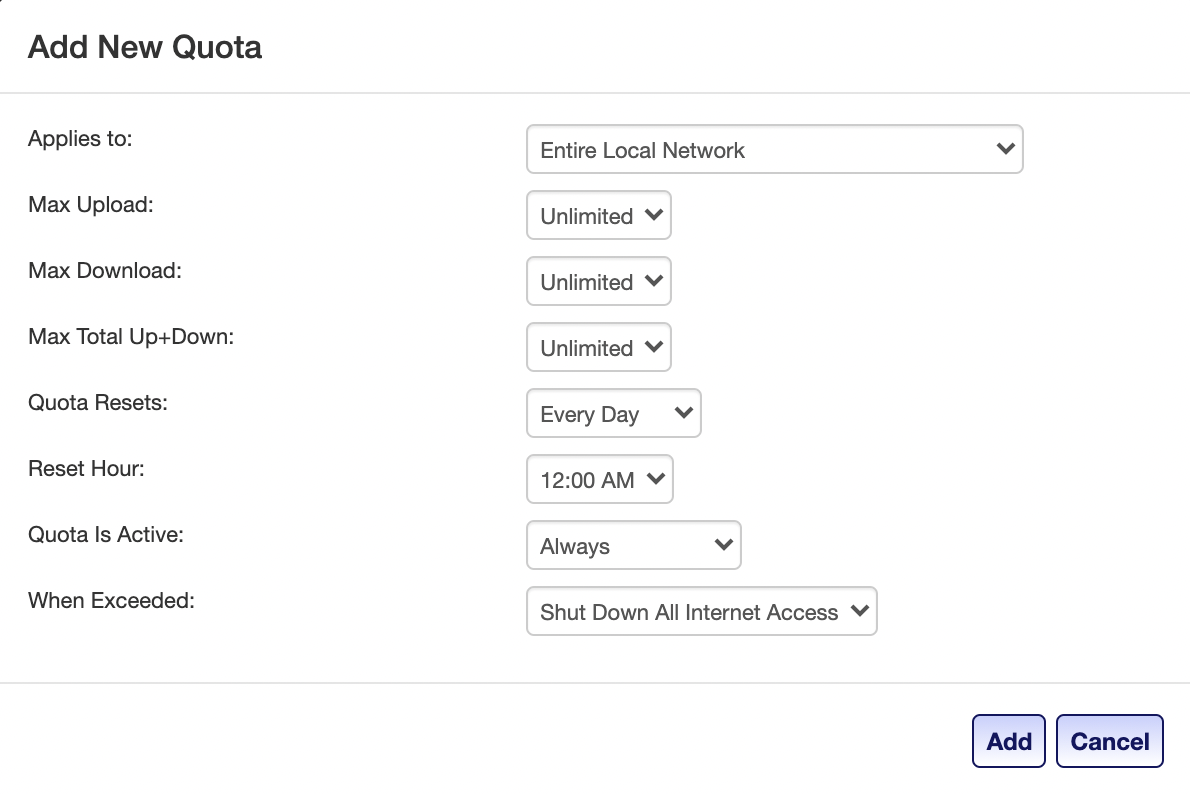RV Internet
For internet I’m using a quadruple sim cellular modem called a Pepwave Max Transit Duo.
It’s connected to a 4X4 MIMO LTE external antenna from Parsec called the Husky Pro.
The Pepwave can run 2 SIM cards simultaneously, and bond them into a single connection using VPN like software called Speedfusion. This service is great and allows Zoom and Slack video calls to continue uninterrupted even if 3 SIM cards went down, as long as 1 stays up. There is a hosted version of the software called Speedfusion Cloud or you can download the FusionHub image and deploy it on your own infrastructure.
The meaty most important part of this setup is the actual SIM cards. I have 4 SIM cards in my Pepwave. 3 are business lines (I have a sole proprietorship LLC) and the 4th is a prepaid service.
My Verizon line is a 25 Mbps Verizon LTE Business Internet plan for $99 that has 300 gigabyte cap but does not throttle after 300 gigs. It instead charges $10 per 5 gigabytes over 300. The 25 Mbps plan has 50 gigs of high priority data before network management kicks in.
My AT&T line is a 25 Mbps Business Wireless Broadband plan for $99 and is my second primary on my Speedfusion bonded connection. This line is an actually honest to goodness unlimited first party connection where you pay in speed tiers like standard brick and mortar connections.
T-Mobile had a 100 gigabyte for $50 data only plan (via calling customer support only when I signed up, it’s sort of hidden) which I also have in my Pepwave completing the three carrier coverage trifecta. Sadly this plan is no longer available.
Finally I have a Visible SIM for $25, which is a first party MVNO carrier startup funded by Verizon and runs on Verizon’s network. It has what appears to be truly unlimited first party Verizon data capped at 5 Mpbs. The speed on Visible doesn’t matter to me much as it’s my last line of defense if my Verizon, AT&T, and T-Mobile cards all fail or otherwise meet their bandwidth cap.
My entire network sits behind a GL.iNet GL-AR150 running Gargoyle firmware. This firmware is the only real indepth data usage and management router that can do custom usage rules per device.

My NAS is a Synology 420+ with 40TB storage (20TB usable, mirrored pairs WD Reds). I’m using it to backup our photos, videos, and run Plex.
My 2 Raspberry Pis are for some custom stuff. I have a litecoin daemon, gemstash and verdaccio for caching ruby and npm dependencies locally so they don’t have to be refetched over cellular. If I used docker I’d also setup a docker proxy cache. One is also running Pihole software as well to block more unwanted traffic at the DNS level.
The other pi is running my custom bot that I’ve been building for the past decade, running crypto and stock market trading strategies, as well as other tasks that can be automated.
The Pepwave allows you to setup multiple Speedfusion tunnels and set network management based on device and AP. I have 1 SSID running off the Pepwave that has a custom configured Speedfusion connection with packet duplication and forward error correction that is used exclusively by my main machine for ensuring the highest quality connection during video calls.
Everything else runs behind a ubiquity access point that serves my network at large with 0 packet redundancy or FEC.